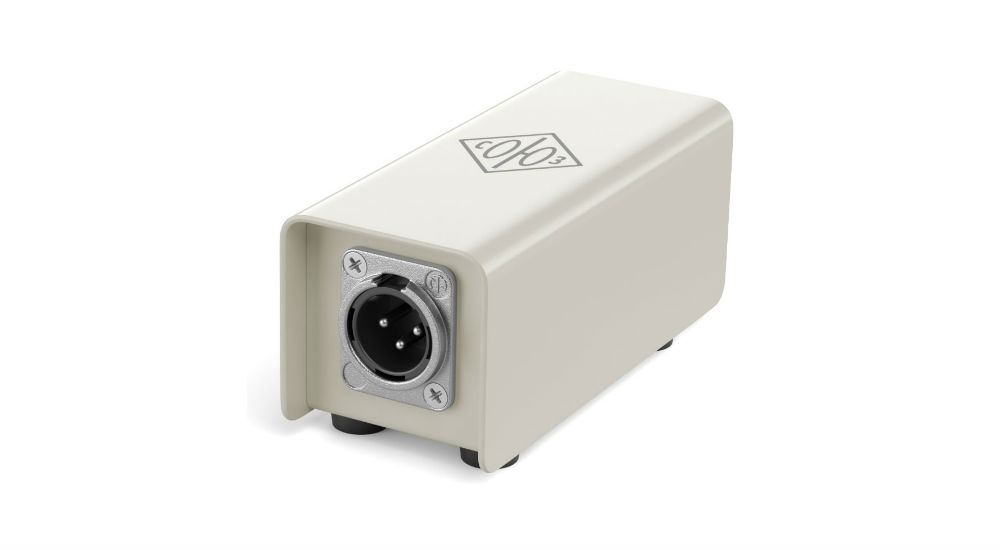Soyuz Microphones’ Launcher is here to remedy those hi-fi woes, by taking your shiny new microphones and subjecting them to their top-secret blend of analogue components and their own custom transformer. The result, Soyuz claims, is a “magic” effect as though you were recording straight into a vintage console.
The first thing apparent upon unboxing the beast is the quality. Soyuz Microphones holds critical acclaim from some of the worlds’ top producers, and it’s easy to forget that you’re holding something for only a few hundred dollars when it comes with two hand-signed quality control cards, with smiling images of the staff who are so proud of their product. It’s built like an absolute tank, with the reassuring 410g weight to match.
The Launcher does require phantom power to operate, and naturally with the use of a transformer it rules out pairing with any condenser microphones which would need power of their own. As the Soyuz Microphones website offers a nice audio demonstration of its use with an SM57, I thought I would take the chance with some more left-field microphone choices. Firstly, I tried out some acoustic guitar with a Beyerdynamic M201TG. Instantly an improvement was noticeable, as the 26dB boost which the Launcher provides helped reduce the background noise that the M201TG usually deals with as a relatively quiet microphone.
To the ear, the Launcher elevated the low to low-mid range of the guitar quite significantly, as well as carefully rolling off the high frequencies. Just as you’d expect from something described as smooth and vintage. I was yet to hear the “magic” of which Soyuz spoke about until I applied a high-pass filter at 90Hz and some compression averaging around 4dB of reduction. The presence was much more noticeable, and the warmth was seeping out of the monitors. Across the recordings I took from three different positions for the guitar, each one of the non-Launcher signals sounded honky and overly crunchy from the strumming sound itself. Short of breaking out a screwdriver and wire cutters, I turned to a frequency analyser to see how the Launcher was really weaving its spell. Before filters and compression, there is a huge bump in the low end between 60-120Hz. There actually isn’t much affecting the low-mid range, but a sharp cut at around 1kHz brings those out without bloating them, as well as leaving room for the high range to sparkle before a gentle slope at 11kHz rides down the harsh harmonic distortion brought about by compression. The real trick seems to be the 1kHz cut here, as it prevents the common reach to turn up those lower and higher mids.
For vocals, the differences are a little less obvious, but still quite nice. On an Electro-Voice PL80c, already much less boomy and brighter than your average SM58, the Launcher adds some great body and presence to the chain. The slight lift around 3.5kHz is less evident than with the guitar, but the pure beef it adds to the low end would really be a dream for some singers, especially those singing in higher registers.
Overall my only disappointment is that I can’t use this with a condenser microphones as the warmth would compliment them well. The Launcher would particularly shine in live audio applications. Without access to any of the countless plugins which offer similar effects, I could definitely see myself reaching for it to give some colour to a singer while leaving room to play with EQ on the desk. In the studio or the bedroom, it’s a great hack to get that vintage tone in a tasteful and subtle way.
